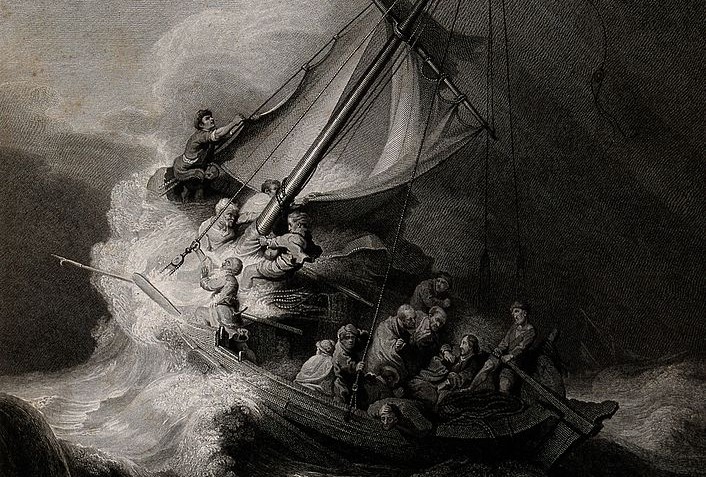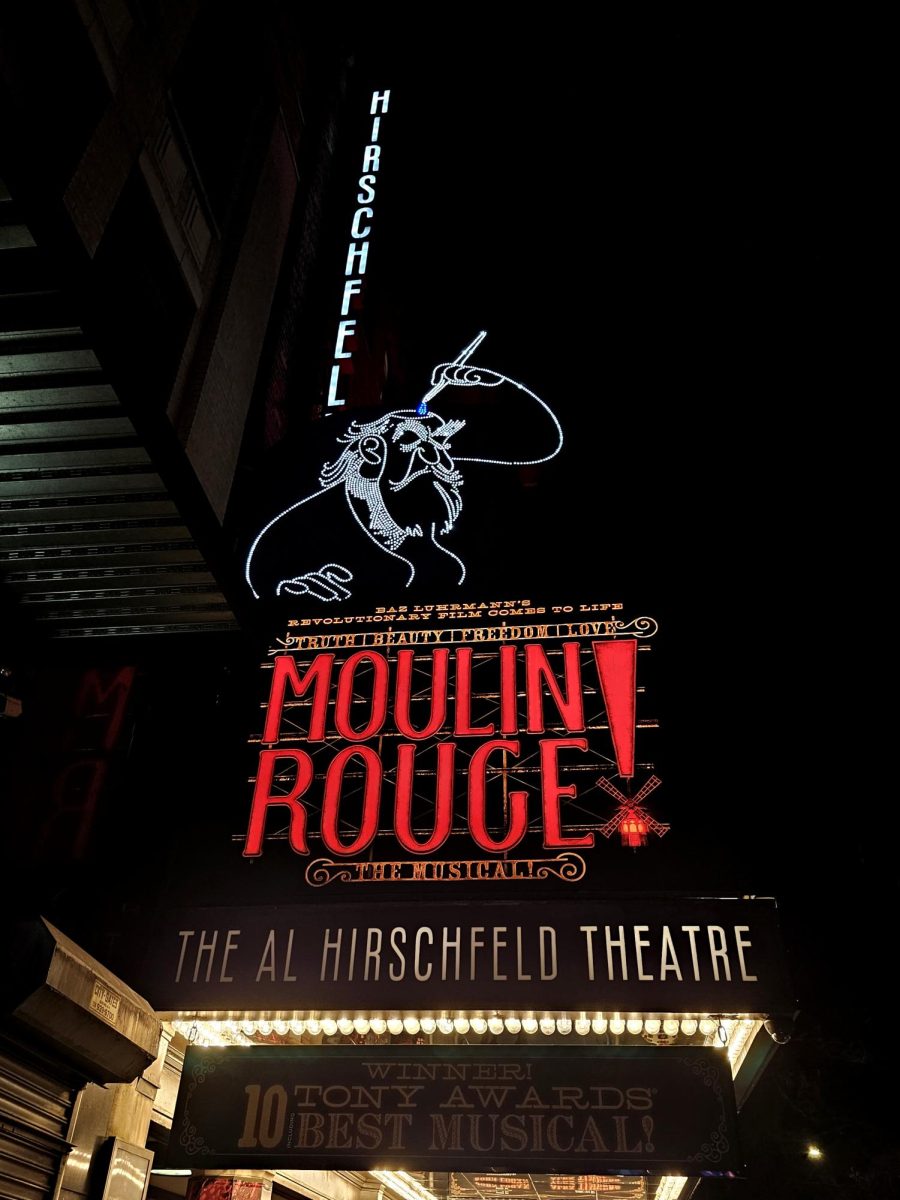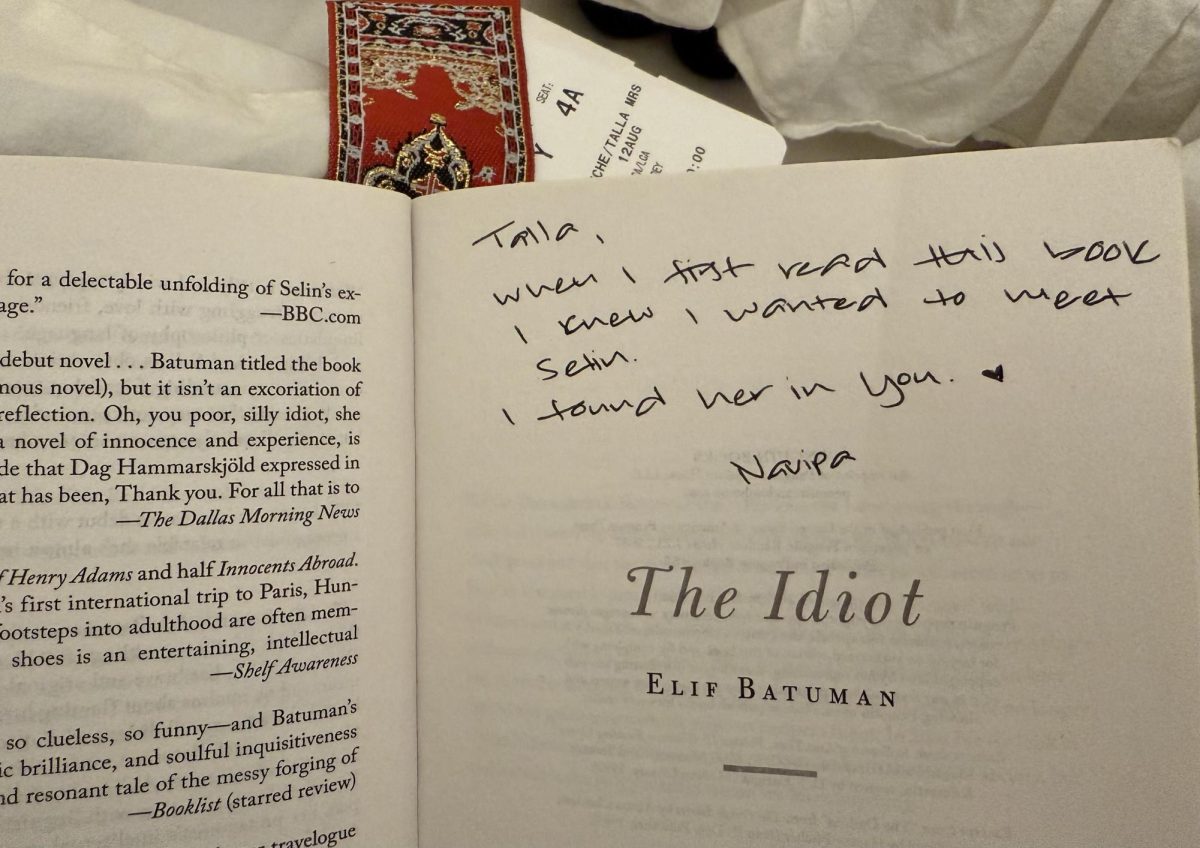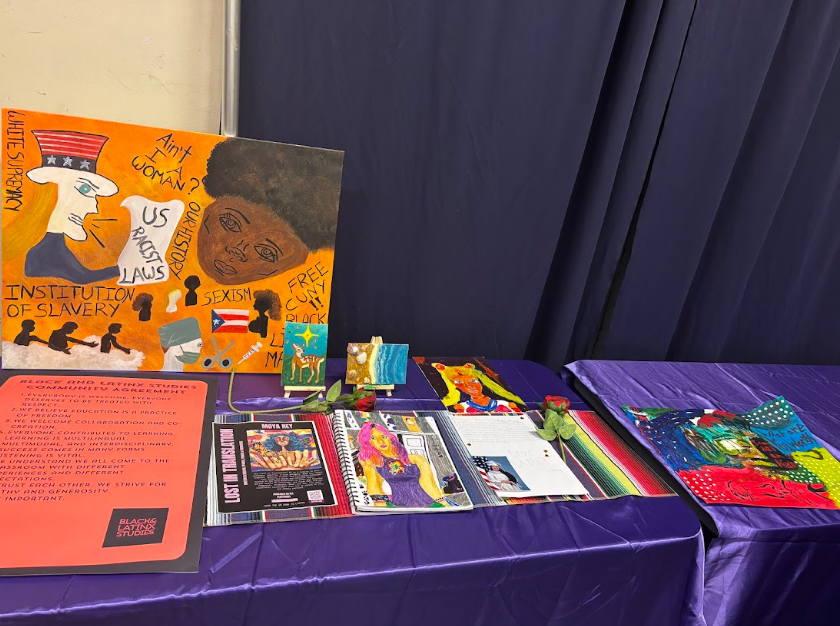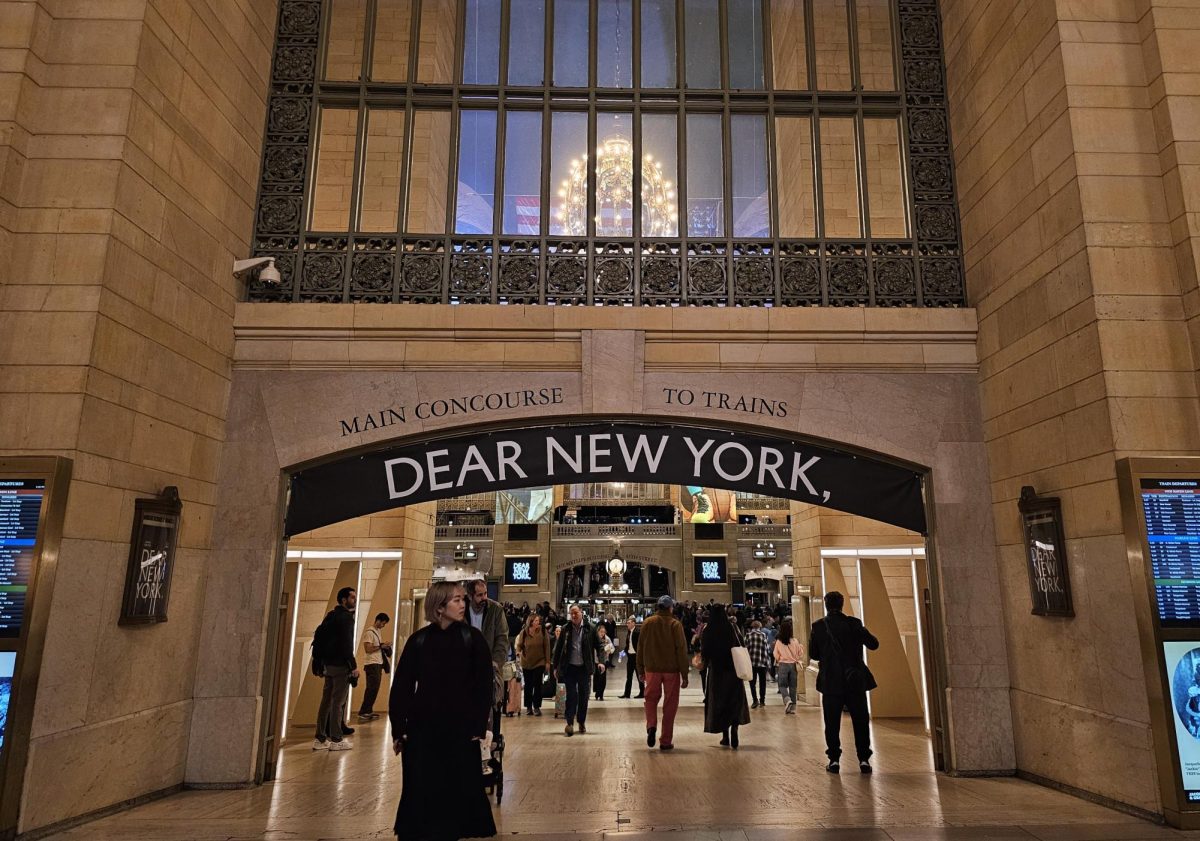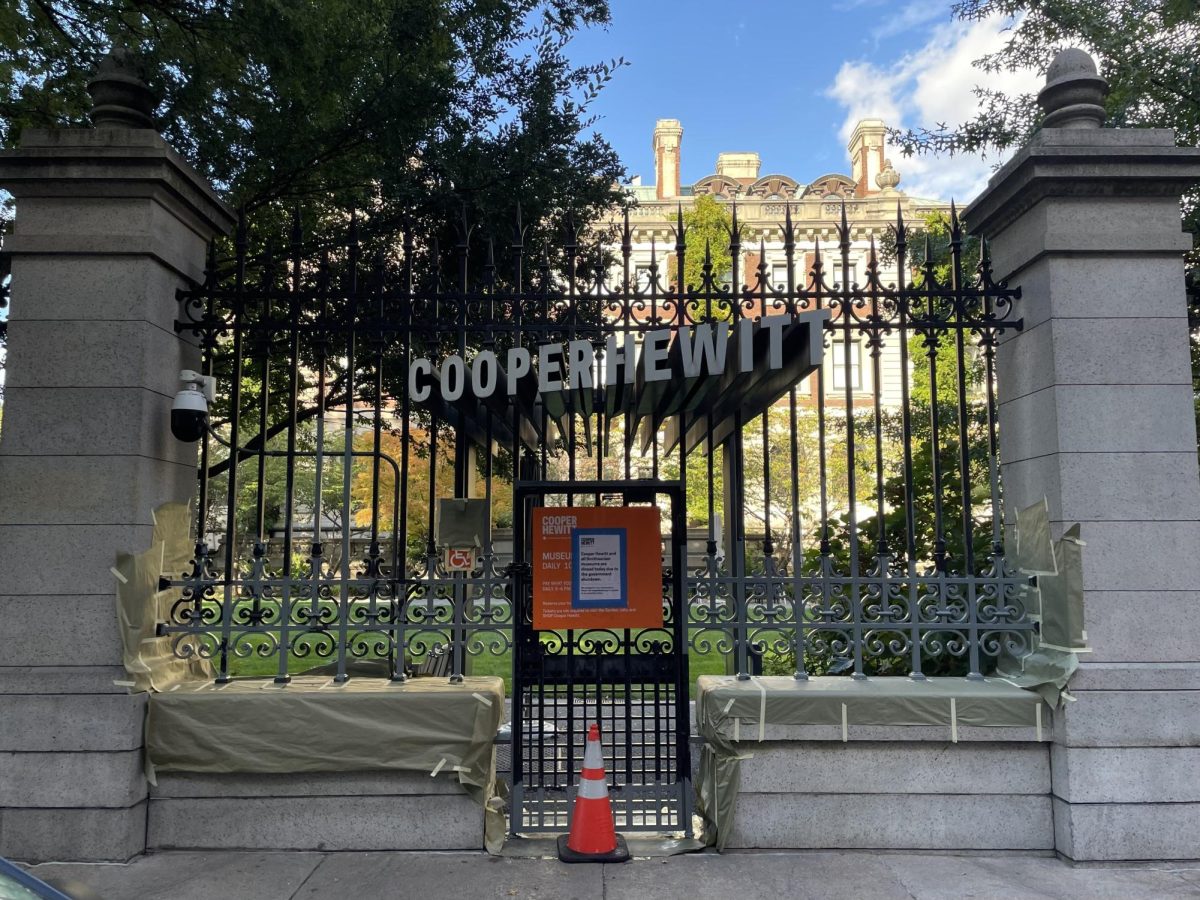A performance art piece recreating a 1990 art heist went viral on TikTok and Instagram on March 15 at Chelsea Walls Gallery. Fake FBI agents arrived to seize “Christ in the Storm on the Sea of Galilee” by Rembrandt van Rijn.
Videos show convincing actors portraying gallery assistants and directors begging and pleading with the FBI agents to release the painting as they followed them out of the gallery.
The organization of the dramatic staged performance is credited to Eric Aronson. Aronson developed the performance to market his upcoming film “Any Day Now,” a fictional story based on the unsolved Isabella Stewart Gardner Museum heist.
With the 35th anniversary of the unsolved heist on March 18, the performance draws attention to the history of the stolen pieces. The Isabella Stewart Gardner Museum heist was the largest property theft ever recorded.
In 1990, 13 pieces of artwork valued at $500 million in total were stolen in just 81 minutes. Thieves disguised as police officers were granted entry through the front entrance of the museum and raided three separate rooms.
Stolen from the Dutch Room were three pieces by Rembrandt: “Christ in the Storm on the Sea of Galilee,” “A Lady and Gentleman in Black,” and “Portrait of the Artist as a Young Man.” Three pieces by Johannes Vermeer and a bronze Chinese Gu, or a beaker, were also stolen.
Six pieces were stolen from the Short Gallery. The pieces were a bronze sculpture by Antoine-Denis Chaudet, “Eagle Finial,” and five Edgar Degas works: two called “Study for the Programme,” “Procession on a Road near Florence,” “Leaving the Paddock,” and “Three Mounted Jockeys.”
After dropping off the first round of stolen artwork into their car, they made a second entry into the Gardner Museum, capturing Édouard Manet’s “Chez Tortoni” from the Blue Room.
“Today empty frames remain hanging in the Museum as a placeholder for the missing works and as symbols of hope awaiting their return,” the Gardner Museum wrote on its website.
From March 13 to March 15 at Chelsea Walls Gallery, replicas of the stolen artworks from the Isabella Stewart Gardner Museum Heist were on display.
During the performance, the “gallery was filled with TikTok and Instagram influencers, where their videos of the performance raid immediately went viral with over 16 thousand interactions,” according to The Observer.
The influencers’ posts of the performance led to the virality of the event as users who scrolled upon the video could not immediately tell if it was fake.
The founder of JMH Media, who supported the promotion, commented to The Observer that social media marketing tactics and performance art pieces foster connection between the niche audiences of the art and history scene in real life and online.
Galleries and producers are now gaining traction in the social media world by using modern social media marketing techniques, while maintaining exciting and creative live performances.
This allows for an increase in interactions with audiences and the journey to unravel the complexity behind the algorithms of theater, art, and commerce in hopes of reaching even larger audiences and sparking the desire to explore and learn about intriguing and historical events.


